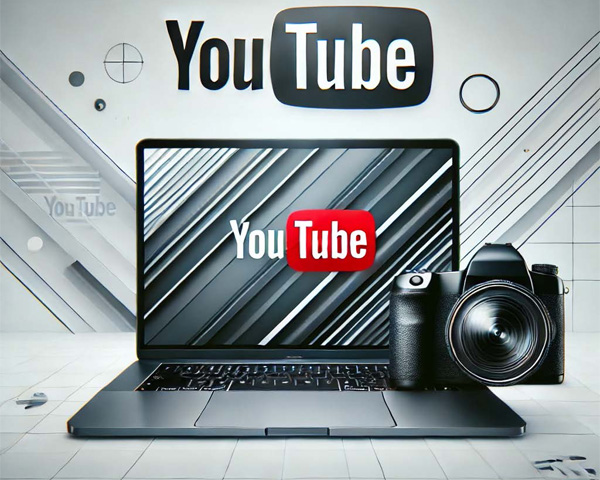
Livestreaming Best Practices
Video continues to be an effective tool for attracting attention on social media. You can publish and view videos on all of the major social networks, from Facebook to Instagram to Twitter, Pinterest, and LinkedIn, not to mention TikTok and Snapchat.
Short videos do well online and are easier for people to watch as they’re scrolling down social media feeds. Videos with embellishments such as captions and stickers also do well, but live streaming takes the attraction and engagement power of video to the next level, adding the ability to interact in real-time with your audience.
Livestreaming Ideas
There are many things you can livestream to help support business goals and marketing and that showcase your company such as:
- How to videos such as product demonstrations
- Behind-the-scenes video like a tour of a company’s headquarters
- Covering an event such as a conference, including virtual events
- Q&A interviews in a talk show format
- Video workshops or classes
For in-the-moment live streams, you don’t have the ability to create a visually pleasing setting, but when you are streaming from the office or a consistent place, arranging furniture, décor, and accent lighting can create a more pleasing visual.
Keep in mind that when you’re streaming live, there is a certain degree of risk or error when you are not in control of the environment. If you have strict limitations or compliance issues as a business, look for opportunities to livestream where you have a more predictable environment, such as at your company office or in a classroom or studio setting.
Preparing for Livestreaming
The key to successful live streams is to be prepared both technically and with a strategic content plan. As with any video production, you’ll want to pay close attention to your set, particularly the lighting and audio quality.
While you can’t always control the conditions surrounding a more spontaneous live stream, having the right equipment can make a difference in video quality. You don’t need high-end professional video equipment, however. Some equipment options for streaming include:
- A newer model iPhone or Android phone. Keep in mind that if you are using a phone with no external mics, you’ll want to make sure it is close to the person or people talking.
- A laptop computer with a built-in camera.
- A desktop computer with a webcam.
Other equipment that could be helpful includes:
Extra lights. While a professional light kit can be pricey, you can get away with using a ring light or even regular office or home lamps. Try to avoid fluorescent lights. You can also use reflectors or diffusers which are large round discs with reflective fabric, usually in silver, gold, or white, that are used to bounce light toward a subject being filmed.
External microphones. If you’re using a smartphone to livestream, you’ll probably be able to capture most audio pretty well. However, if your livestreaming camera setup is further away from your subject and capturing their voice is essential, a lavalier/clip-on mic or a handheld mic can help. There are actually small microphones you can purchase for a reasonable price that can connect to your smartphone either through a wire or wirelessly.
Teleprompter app. Not everyone is comfortable with – or able to – speak to a video camera unscripted. At the very least, prepare an outline of the talking points. Reading a script on a live stream can appear stilted and ring false. You could try teleprompter apps that can be used on iPads to mimic a professional teleprompter like newscasts use.
Power sources. If you aren’t sure if you’ll have access to a power outlet, portable chargers are helpful to keep your smartphone powered up. Also have extra batteries on hand for any battery-powered equipment and accessories you are using.
Additional accessories. Consider purchasing a microphone windshield to optimize your audio equipment. Other microphone accessories include a boom to hold the mic above the subjects or a microphone floor or arm stand. You could also use a tripod, even for your smartphone, or a selfie stick to help steady your camera rather than holding it by hand. None of these accessories are essentials, however, if you are looking to livestream regularly in a variety of settings or are going for a more professional look and sound, they are helpful.
Leveraging your livestream after it airs
You can easily livestream using built-in features on Facebook, Instagram, YouTube, TikTok, and X. You can opt to archive the raw video footage and may have some ability to edit the video based on the platform you’re using. You can also opt not to archive it.
You should be able to download it to your smartphone or computer and then edit it with other editing software. If you have a YouTube channel but you used Instagram to record your livestream, you can still upload the footage and add it to a YouTube playlist. You can also upload short video excerpts from your livestream to any social media channel.
With the right equipment and preparation, you can use livestreaming video as part of your social media marketing.

 How AI Can Help Your Business
How AI Can Help Your Business